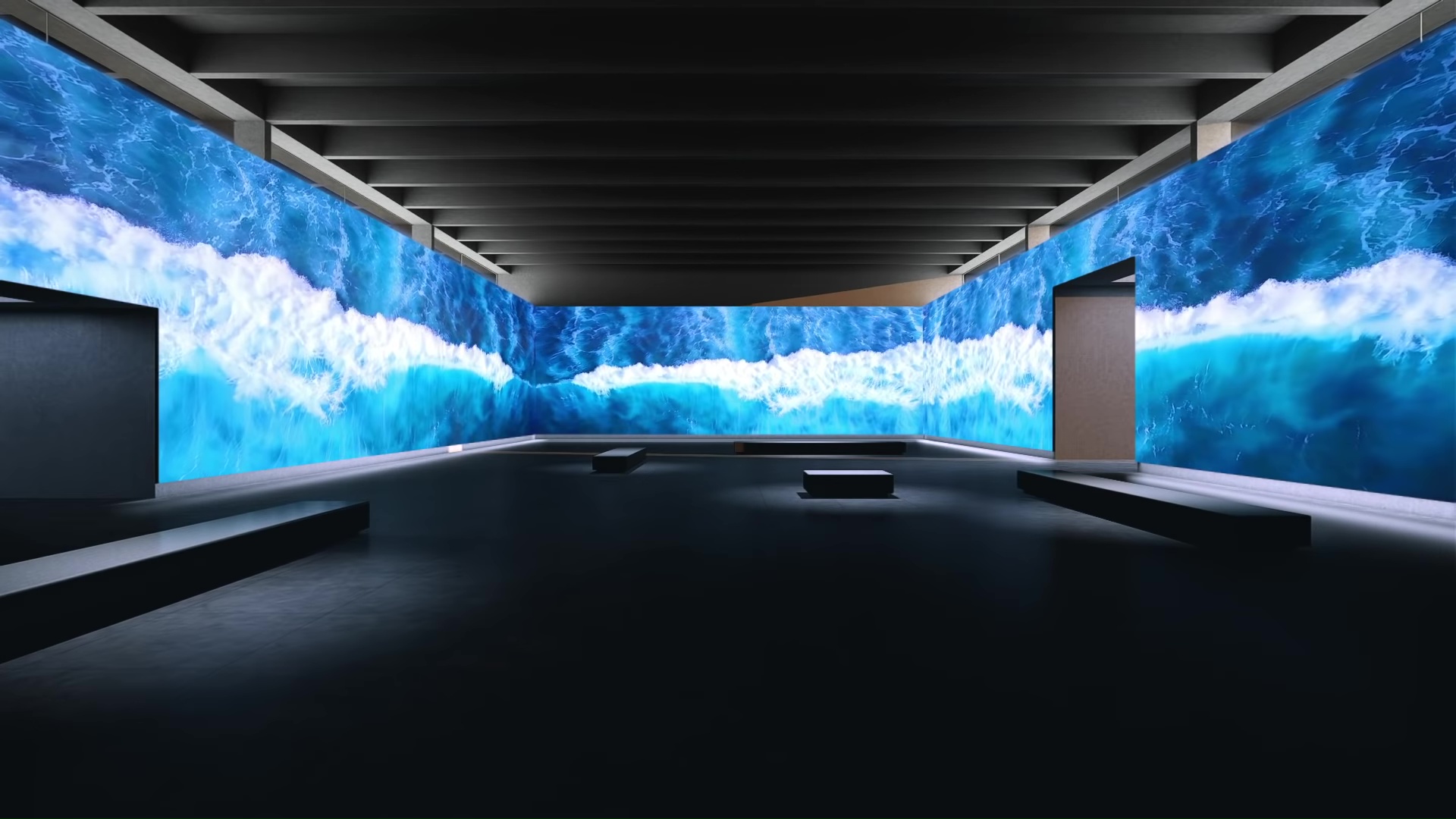Mastering Color Precision in Light Emitting Diode Wall Adjustment for Stunning Graphic Presentations
Mastering Color Precision in Light Emitting Diode Wall Adjustment for Stunning Graphic Presentations
Blog Article
Hue precision is essential for creating stunning visual displays, particularly when using LED walls. These large screens are frequently found in places like music venues, athletic arenas, and promotional billboards. When the hues on an LED screen are not correct, the visuals can look flat or distorted, which can affect the overall experience for audiences. Therefore, perfecting color accuracy in LED screen tuning is crucial for achieving vibrant and true-to-life visuals.
The initial step in guaranteeing color precision is comprehending how LED systems works. LEDs, or light-emitting diodes, generate light in various colors by mixing red, green, and blue (RGB) light. Each pixel on an LED screen consists of these three hues. When tuned properly, the mix of RGB can produce a broad range of hues. However, if one hue is too bright or too faint, it can throw off the entire display. This is why calibration is needed to equalize the hues and achieve the desired visual result.
Calibration entails modifying the settings of the LED wall to ensure that the hues shown match the initial content as closely as feasible. This process usually involves using specialized software and hardware instruments. Technicians often use color measurement devices, such as spectrophotometers, to examine the colors being displayed. By comparing the measured hues to standard color standards, they can make exact adjustments. This guarantees that the colors are not only lively but also uniform across the whole screen.
Another crucial aspect of color accuracy is comprehending the surroundings in which the LED wall is used. Elements such as ambient light can considerably impact how hues appear. For instance, a brightly illuminated room may wash out hues, making them look not as vibrant. To counteract this, technicians may modify the brightness and differentiation settings of the LED wall. Additionally, they may select specific color settings check that are better appropriate for different lighting environments. This adaptability helps preserve color accuracy regardless of the viewing environment.
Finally, regular upkeep and re-tuning are essential for keeping an LED wall looking its best. Over time, the performance of LEDs can change due to elements like degradation and heat fluctuations. Regular checks and modifications can help guarantee that the colors remain correct and vibrant. By investing time in proper calibration and maintenance, venues can offer audiences with breathtaking graphic displays that enhance their total experience. Mastering color precision in LED wall calibration is not just a mechanical task; it is an art that adds to the magic of visual narration.